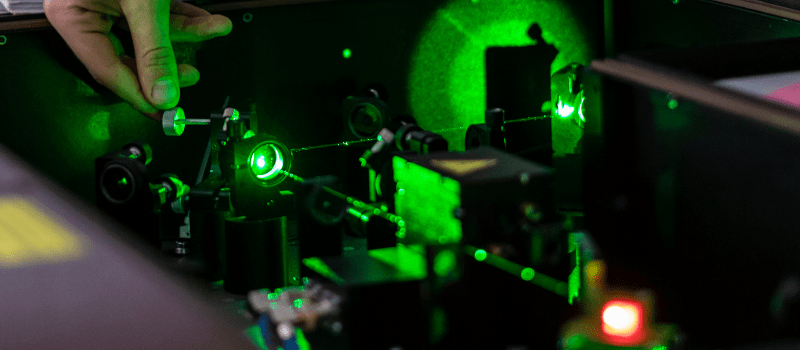If you’re involved with pulsed lasers, doing research, system design, process control, final test, or field service, you are going to want to accurately measure your laser power.
The more you know about the measurement process, the better the results.
However, most pulsed laser power meters display the total energy of a pulse or alternatively the average power, not the peak power.
As an Ophir customer you have the ability to measure the peak power of a pulsed laser beam using Ophir laser measurement equipment.
Ophir offers a nanosecond response time photodetector which is designed to measure the temporal behavior of pulsed lasers, the FPS-1 photodetector.
The FPS-1 is easily connected to an oscilloscope which displays a temporal trace of the power output during the pulse.
Since the oscilloscope does not display a trace of absolute power output over time, but rather the relative pulse behavior and shape, it cannot be used directly to find the peak power…
BUT! If we combine the FPS-1 measurement with a measurement of the total energy of the pulse using an Ophir energy meter we can do it.
How exactly?
*In the trace below let us say the total energy measured is 10mJ.
We can use this knowledge to find how many watts each “arbitrary unit” is equal to:
a) Sum the reading values in A.U. = total 268 A.U.
b) Find the approximate area under the trace by multiplying the sum by the step size, 268 * 0.1 ms = 26.8 A.U·ms
c) Energy = 10mJ = 26.8 A.U.·ms
d) Therefore 1 A.U. = 10mJ / 26.8ms = 0.373W
The peak power on the graph is 55 in A.U., so to convert to watts, we simply multiply by 0.373W/A.U. to get 20.5W.













Leave a Reply
Your email address will not be published. Required fields are marked *